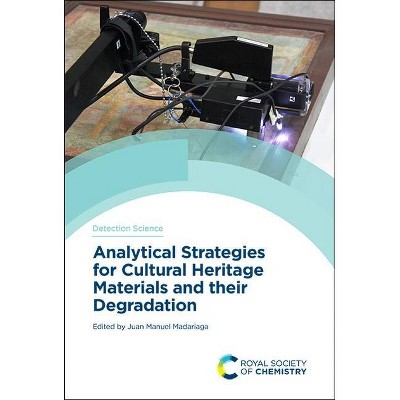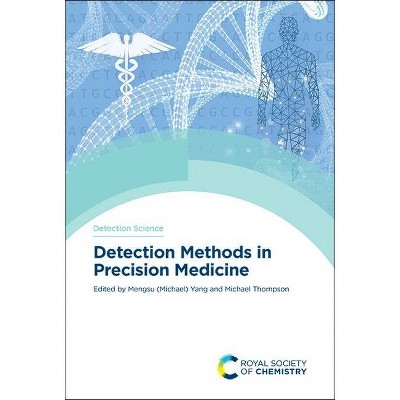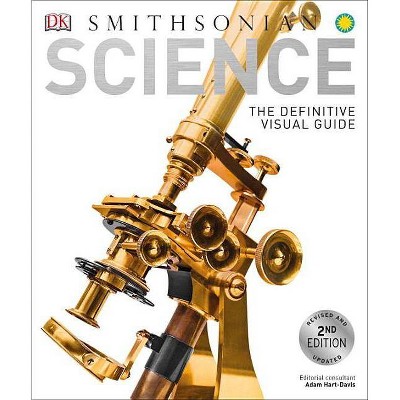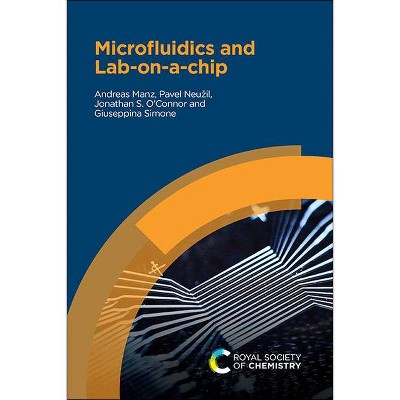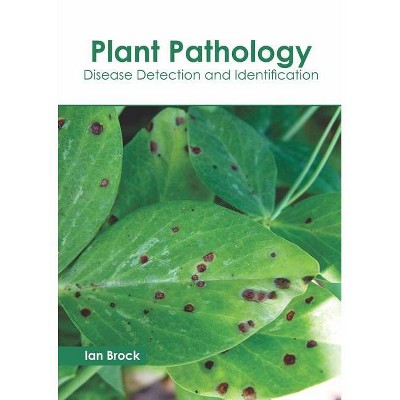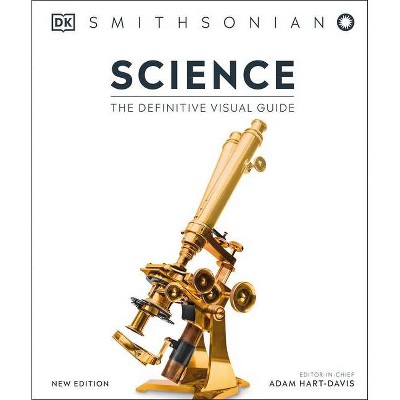Microfluidics in Detection Science - (Hardcover)
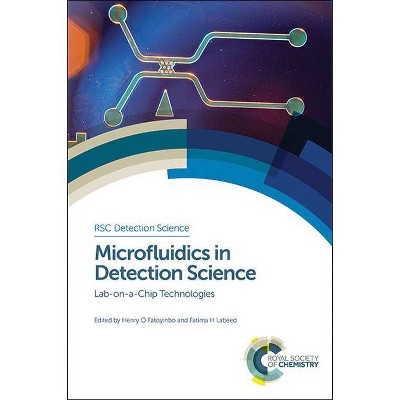
Similar Products
Products of same category from the store
AllProduct info
<p/><br></br><p><b> About the Book </b></p></br></br>With insights into LOC applications, and presenting scaled-down versions of existing technology alongside unique approaches that exploit the physics of the micro and nano-scale, this book will appeal to newcomers to the field and practitioners requiring a convenient reference.<p/><br></br><p><b> Book Synopsis </b></p></br></br>The concept of an integrated, miniaturised laboratory on a disposable chip has gone from hypothetical device to academic study to use in industry, medicine and defence application over the last twenty years; however, as these devices enter circulation and become relevant to industrial applications, so there is a need for a simple guide to the design and manufacture of laboratory on a chip devices. In this book, we present for the first time a modular approach to the construction and integration of laboratory-on-a-chip components. With application chapters divided into applications for sample preparation and detection methods, and with unique chapters on the integration of lab-on-a-chip components with each other and with supporting technology, this book offers the reader a convenient guide to this emerging field of technology.<p/><br></br><p><b> From the Back Cover </b></p></br></br><p>The concept of a miniaturised laboratory on a disposable chip is now a reality, and in everyday use in industry, medicine and defence. New devices are launched all the time, prompting the need for a straightforward guide to the design and manufacture of lab-on-a-chip (LOC) devices.</p> <p>This book presents a modular approach to the construction and integration of LOC components in detection science. The editors have brought together some of the leading experts from academia and industry to present an accessible guide to the technology available and its potential. Several chapters are devoted to applications, presenting both the sampling regime and detection methods needed. Further chapters describe the integration of LOC devices, not only with each other but also into existing technologies.</p> <p>With insights into LOC applications, from biosensing to molecular and chemical analysis, and presenting scaled-down versions of existing technology alongside unique approaches that exploit the physics of the micro and nano-scale, this book will appeal to newcomers to the field and practitioners requiring a convenient reference.</p><p/><br></br><p><b> Review Quotes </b></p></br></br><br><p>Microfluidics or lab‐on‐a‐chip has the objective of integrating all or major steps of a chemical or</p> <p>biochemical analysis in a single device or chip. This includes sample preparation, amplification and</p> <p>purification, sample/fluid manipulation and finally sample detection and analysis, all merged on a</p> <p>single chip. These chips are intended for single use and to simplify analysis, for instance to allow for</p> <p>fast and direct analysis at a doctor's office. Although a fully integrated lab‐on‐a‐chip, that is having all</p> <p>components from pumps to detectors on‐chip, has yet not been commercialised, many commercial</p> <p>examples exist where such chips are used in an external readers, thus reducing the need of sending</p> <p>samples to a centralised laboratory. This book <i>"Microfluidics in detection Science ‐ Lab‐on‐a‐chip</p> <p>Technologies" </i>is the fifth title in the <i>RSC Detection Science Series </i>edited by Prof Thompson and Drs</p> <p>Reddy and Arrigan, and is intended as an introduction to the field of microfluidics.</p> <p>The book starts (<b>Ch. 1 Materials and Fabrication Techniques for Nano‐ and Microfluidics</b>) with a</p> <p>concise introduction to the various materials and fabrication processes that have been used over the</p> <p>years to fabricate lab‐on‐a‐chip devices. These are illustrated by application examples. The chapter</p> <p>explains technologies ranging from classical silicon microfabrication methods to current polymer and</p> <p>glass methods, including soft lithography, and finishes with an up to date description of the latest</p> <p>paper‐based microfluidic technology. All sections are richly illustrated with figures.</p> <p>An introduction to microfluidics is not complete without providing a theoretical understanding for</p> <p>the reader, which is needed to properly design microfluidic devices. This is provided in <b>Ch.2</p> <p>Microfluidics Theory and Practice</b>. This chapter introduces important concepts that arise when</p> <p>downscaling fluidics to the micro‐ and nano‐domains, such as laminar flow. Starting from the basic</p> <p>Navier‐Stokes equations, Reynolds number, Poiseuille flow and Stokes flow are introduced. Capillary</p> <p>forces, diffusion and the issues of (non‐)mixing, that are important aspects in microfluidics, are</p> <p>treated next. The chapter finishes with some applications.</p> <p>and</p> <p>application examples.</p><b> <p>Ch.5 Manipulation of Micro‐/Nano‐Objects via Surface Acoustic Waves </b>is a relatively short chapter, </p> <p>but is still gives a concise explanation of the principles of generating a surface acoustic wave and how</p>--Dr Edwin Jager, Linköping University "Biosensors & Bioelectronics "<br><br>"The book chapters are nicely and logically organised starting from fabrication to theory, applications, and finishing with the latest developments in microfluidics...The book is well suited for those readers new to the field of microfluidics as well as for those who want to dive deeper in specific aspects for their use in detection science."--Edwin Jager, Linköping University "Biosensors & Bioelectronics "<br>
Price History
Price Archive shows prices from various stores, lets you see history and find the cheapest. There is no actual sale on the website. For all support, inquiry and suggestion messages communication@pricearchive.us

